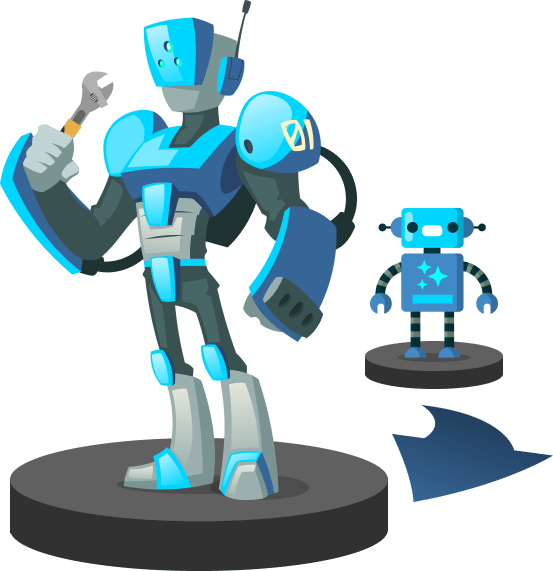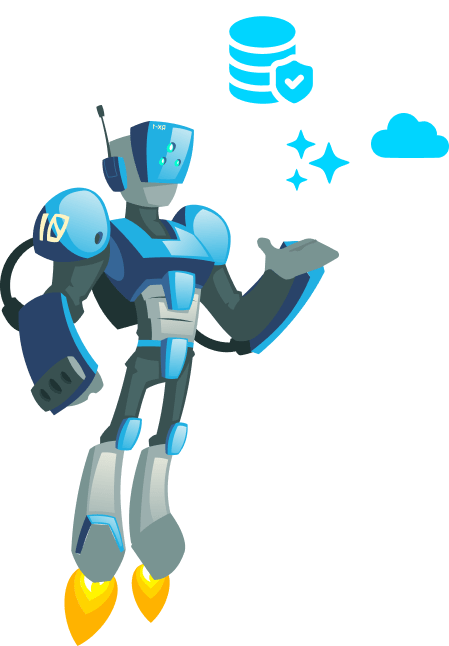- Services
Explore the Hakkoda services you need to modernize your data stack.
- Industries
Discover how Hakkoda helps healthcare, financial services, and public sector organizations move forward with their data innovation journeys.
INDUSTRIES - Solutions
We solve challenges. It’s what we do. And when we see a consistent challenge, our engineers get to work on building solutions for our customers.
- Company
We are the real data people.
COMPANYCareersSupport - Resources
- Data for good
- Gen AI
Building AI for today…and for what comes next.
GENERATIVE AI









